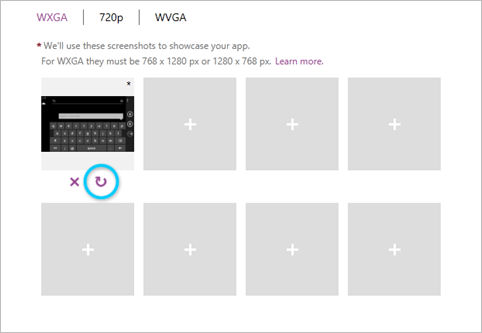Downloads and paid app revenue increasing
The blog post carefully avoids giving direct number for downloads and paid app revenue. Both are likely to be relatively small when compared to Android and iOS because of the respective sizes of the three ecosystems. Nonetheless the growth rate of the two numbers is noteworthy.
Both figures are significantly greater that the proportional increase that might be expected from news devices shipped in the same period, suggesting that the launch of Windows Phone has prompted users to download and buy more apps. The most likely explanation for this is that Windows Phone 8 users are downloading and buying more app, although the increasing size of the ecosystem, in terms of the number and quality of apps, is also a contributing factor.
Expanded opportunities for developers
The Windows Phone Store, through the Dev Center, has added six new pay out markets (Afghanistan, Iraq, Montenegro, Serbia, Timor-Leste, and Ukraine), taking the total to 122 markets. Developers from these countries can now submit free and paid apps that will be distributed in 191 markets.
15 new operator billing partners have been added since 15th August 2012, bringing the total of supported partners to 25 in 19 markets. Brix says that this is more than Google Play and that, on average, a developer earns 3x more revenue per active users on a paid app published in a mobile operator billing enabled market than in markets that only support credit cards. However, the Windows Phone Store is still a long way behind Nokia Store (used on Symbian and Series 40 devices), which supports operator billing with 103 operators in 32 countries.
We have previously asked Microsoft and Nokia why there's such a disparity between the Windows Phone Store and the Nokia Store, with the answer usually revolving around the length of time required to set up such partnerships. That reasoning seems to be wearing a little thin now, given that the two companies have now been working together for more than two years.
The simplified app submission process was rolled out in the last major Dev Center update at the beginning of April. The update included a number of new and updated features including the ability to cancel submission and optimise screenshots. The latter will have a direct impact of the way consumers see screenshots in the Windows Phone Store as it allows for screenshots to be rotated after upload and automatically re-sized (i.e. upload at 1280 x 768 and other screenshots will be automatically generated).

